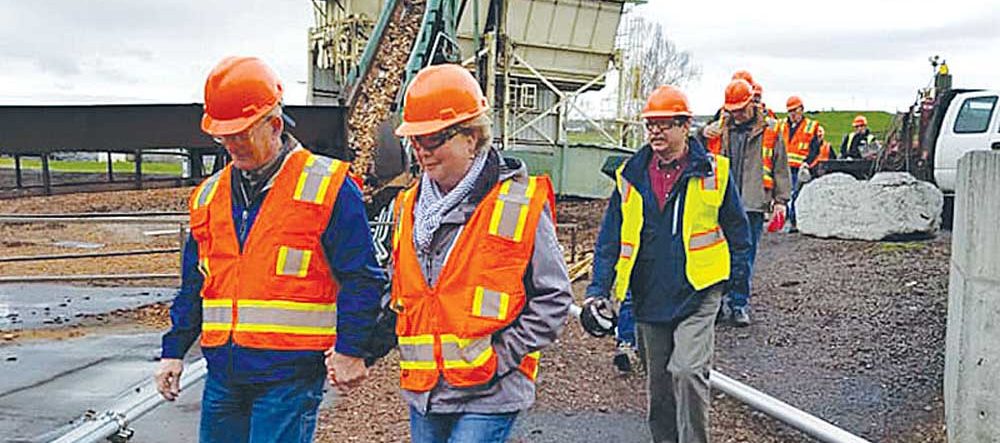Higher Christmas tree prices unlikely to hurt sales much, surveys suggest
Published 12:00 pm Wednesday, October 5, 2022

- Workers load Christmas trees onto a pallet near Philomath. Rising prices aren’t expected to significantly hurt demand for trees in 2022, based on grower and consumer surveys.
SALEM — Christmas tree prices are expected to rise this holiday season, which isn’t particularly shocking when most everything is getting more expensive.
What’s perhaps more surprising is that neither growers nor consumers seem to think that will hurt demand much, according to industry surveys.
Trending
“Nobody wants the price to increase but they accept it,” said Marsha Gray, executive director of the Real Christmas Tree Board, an industry-funded checkoff program dedicated to research and promotions.
Among wholesale growers who supply two-thirds of the U.S. market, 98% anticipate charging more for Christmas trees this year, according to board’s survey.
More than 70% of the surveyed farmers said prices will increase between 5% and 15% but several report hikes of 20% or more.
Meanwhile, 96% of the wholesale growers expect to sell all the trees they harvest this year or even to be unable to fulfill all their orders.
Those responses seem to be more than wishful thinking: 85% of consumers said the price of a real Christmas tree is worth it and 79% said they’ll still buy real trees even if they are more expensive, according to another survey commissioned by the board.
“They’re supporting a strong price in the market and that’s really important to our growers,” Gray said.
Trending
Consumer enthusiasm for fireworks was strong despite prices surging as much as 50% this summer, which is a positive economic indicator for Christmas trees, said Bob Schaefer, general manager of the Noble Mountain Tree Farm in Salem.
“They sold out to the walls. They actually sold out better this year than last year,” Schaefer said.
Fireworks and Christmas trees are both seasonal items with a relatively short-term sales window, so economic strains are likely to affect demand for both products similarly, he said.
Of course, the flip side of inflation is that farmers are also paying more for their inputs. Chemical and fertilizer costs have soared 40% and 80%, respectively, Schaefer said.
“We’ve definitely not kept up with the total costs we’re incurring,” he said.
Three in four surveyed wholesale growers reported their input costs climbing more than 10% this year, with about 1 in 10 saying the increase topped 20%.
Consumers likely recognize that tree prices are higher due to the inflationary pressure faced by farmers, Schaefer said.
“If they have to buy one less present, maybe they will,” he said.
More than 70% of wholesale farmers expect to sell the same number of trees or more than in 2021, while nearly 30% think they’ll sell fewer than last year.
Among those who anticipate the volume to decrease, tree availability may figure into the equation — about 30% of growers are greatly concerned about insufficient supplies, and 44% are somewhat concerned.
However, the rising cost of trees and consumer products in general is also weighing on their minds. About 96% are somewhat or greatly concerned about the impacts of inflation on consumer spending.
“I know the price of Christmas trees is getting expensive for people, especially with what they were paying a decade ago,” said Casey Grogan, production manager of Silver Bells Tree Farm in Silverton.
Though Grogan hopes that demand won’t falter, he said prices are unlikely to weaken unless the number of harvestable trees expands.
Tree supplies should nonetheless be adequate in 2022, with stronger prices potentially affecting demand enough to prevent an overall shortage, Grogan said.
“That may even stuff out for people,” he said.









